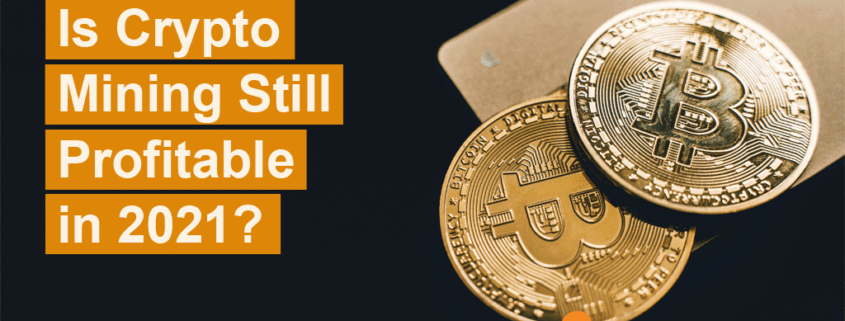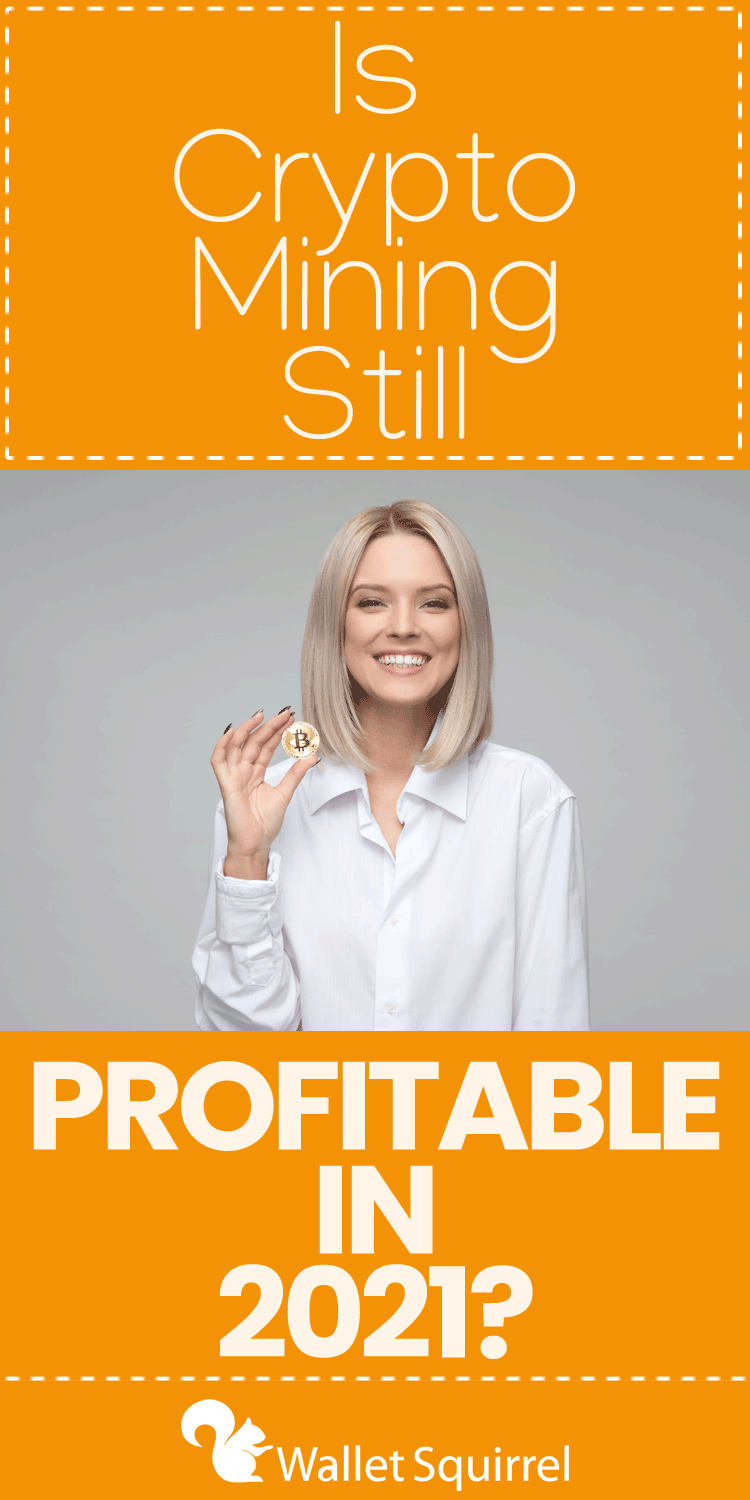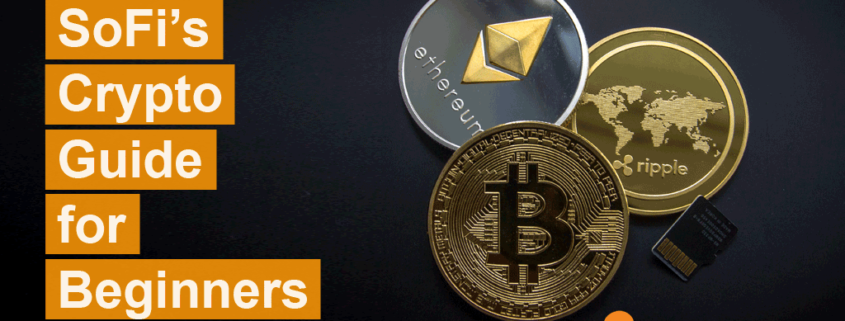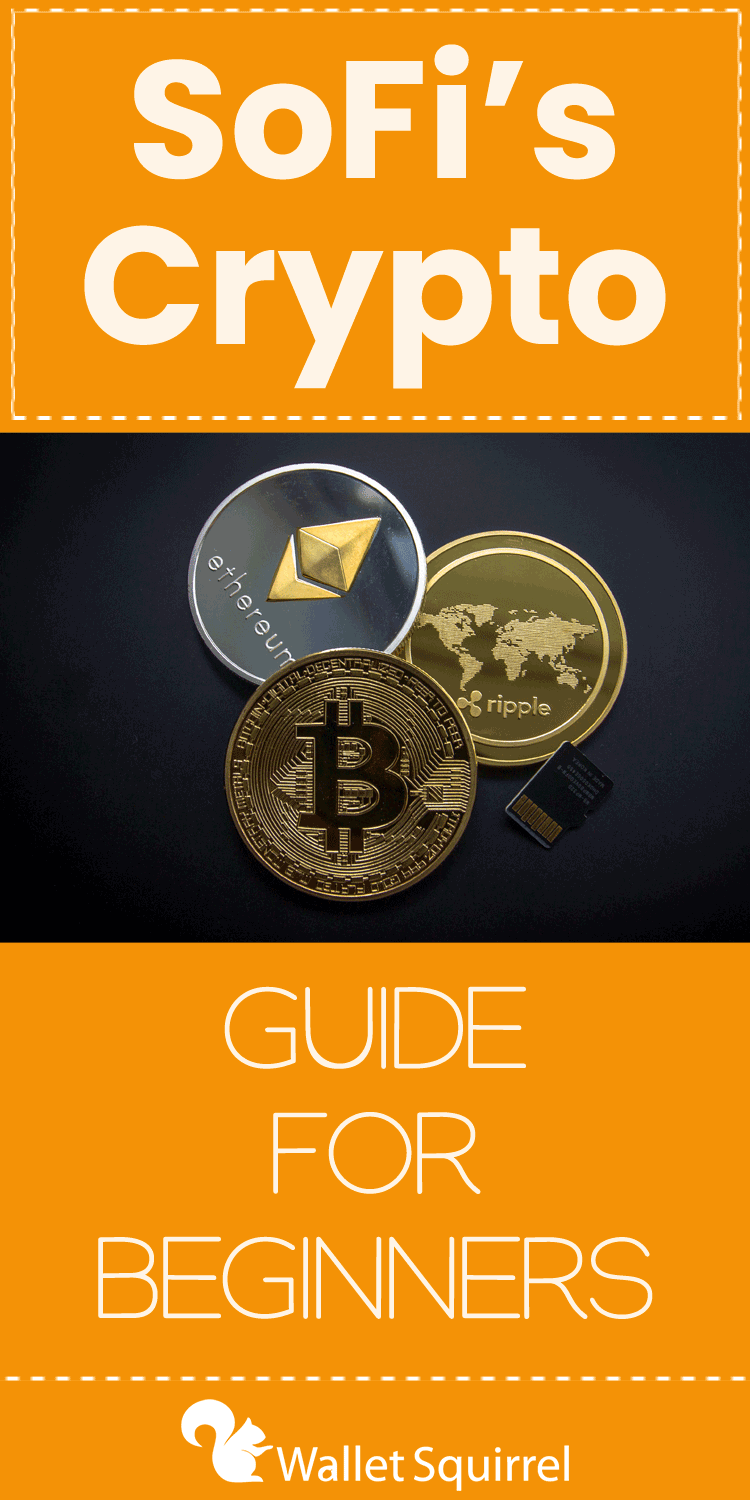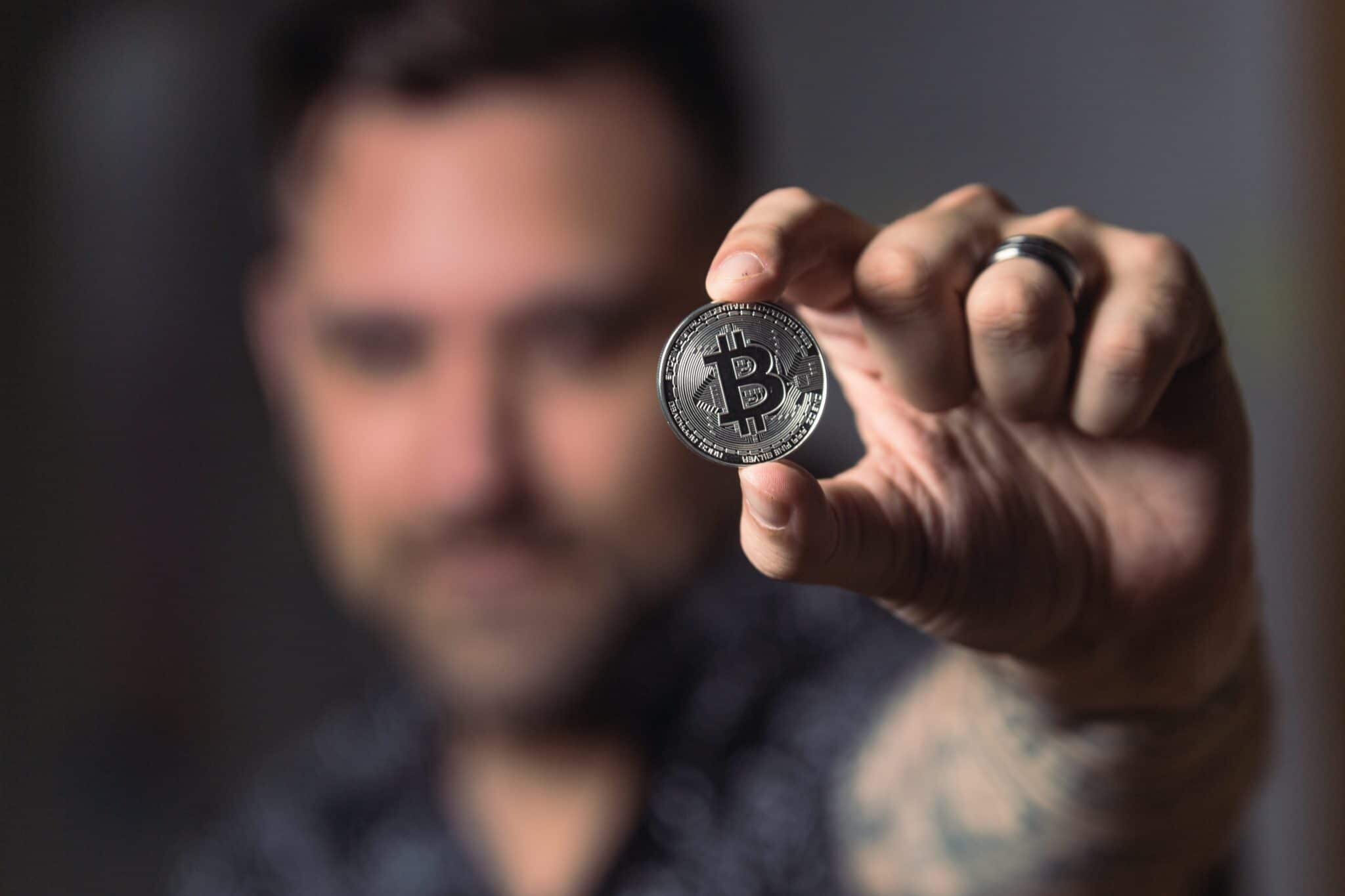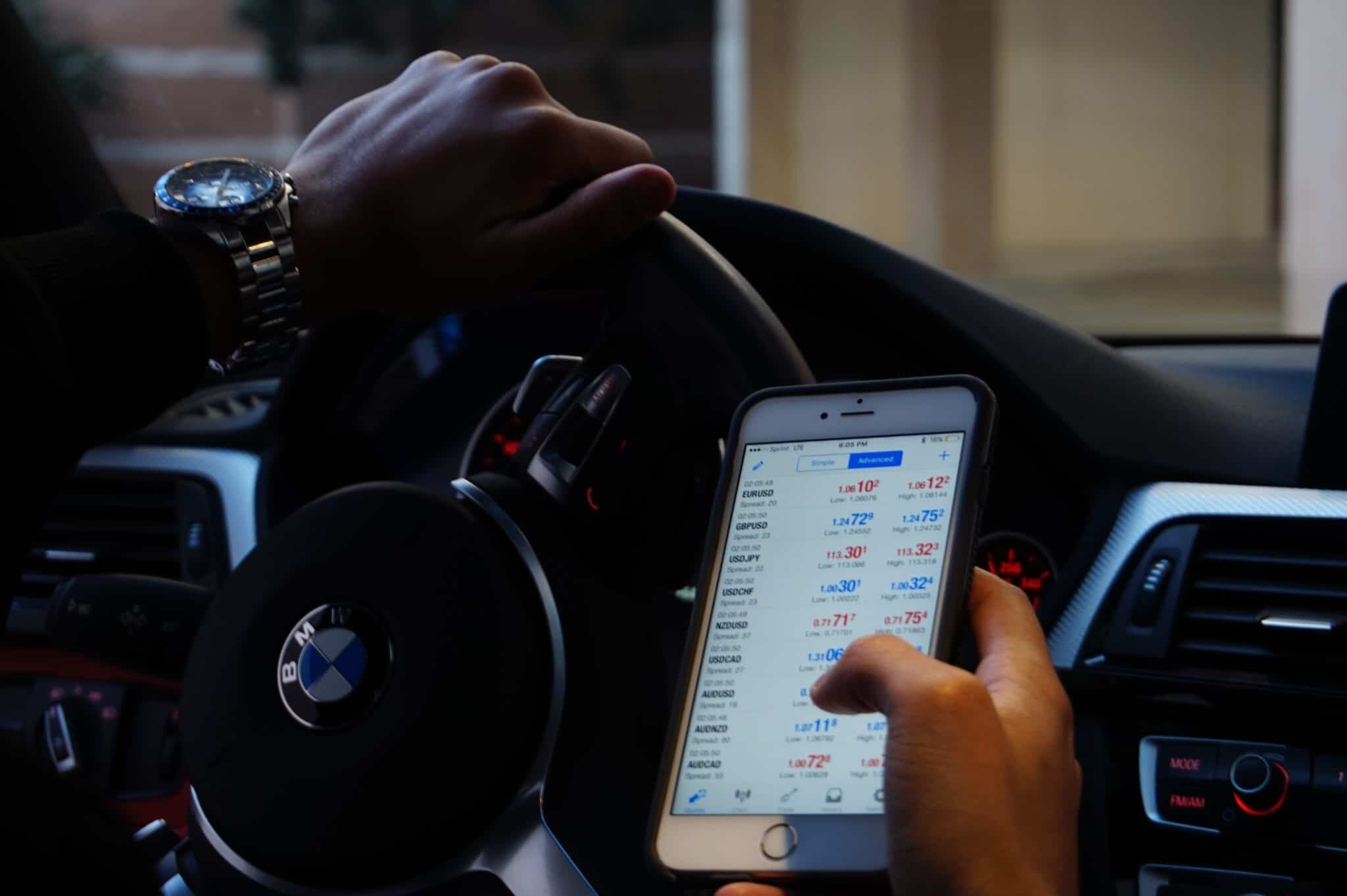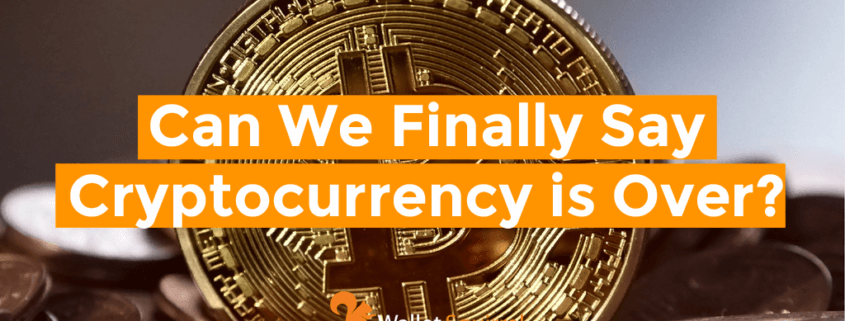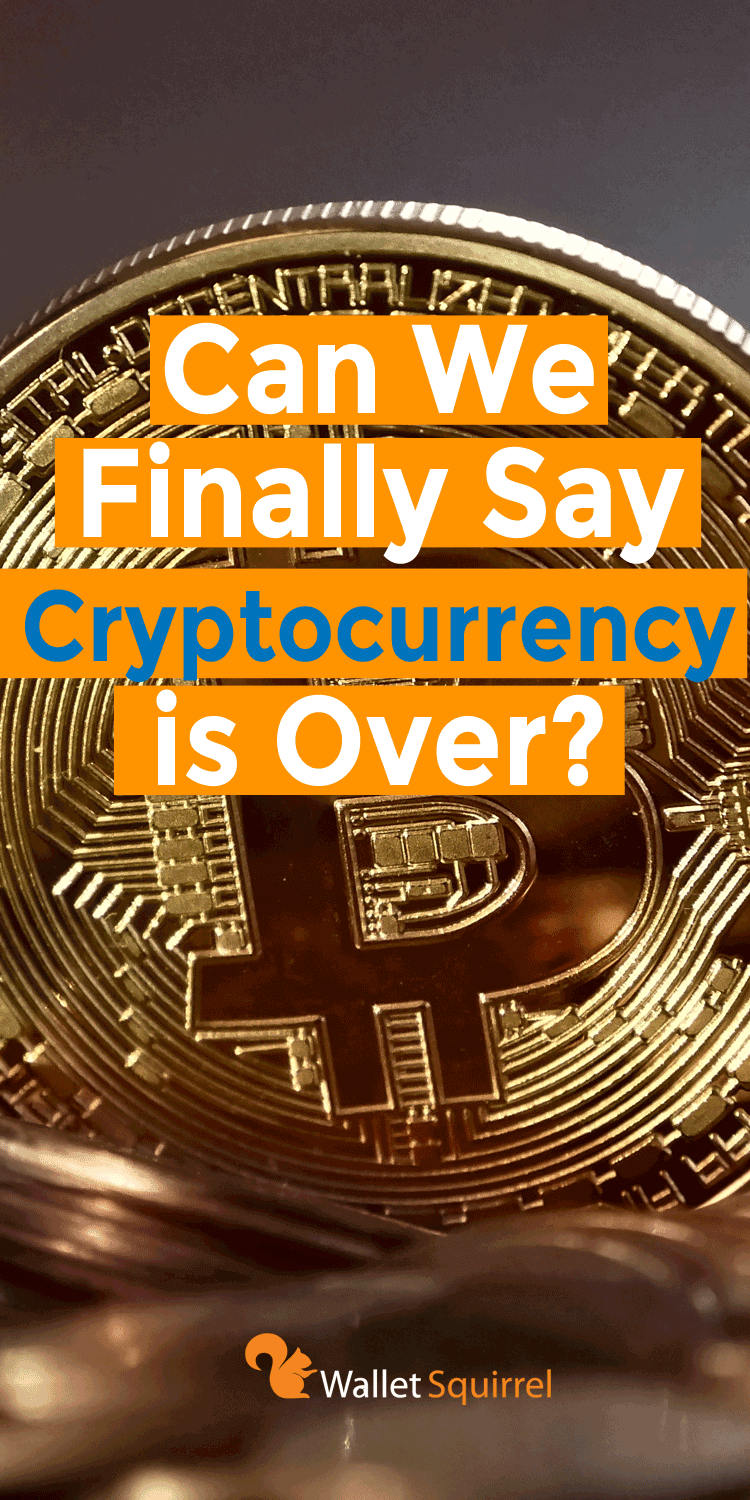Top 9 Reasons Why People Invest in Crypto
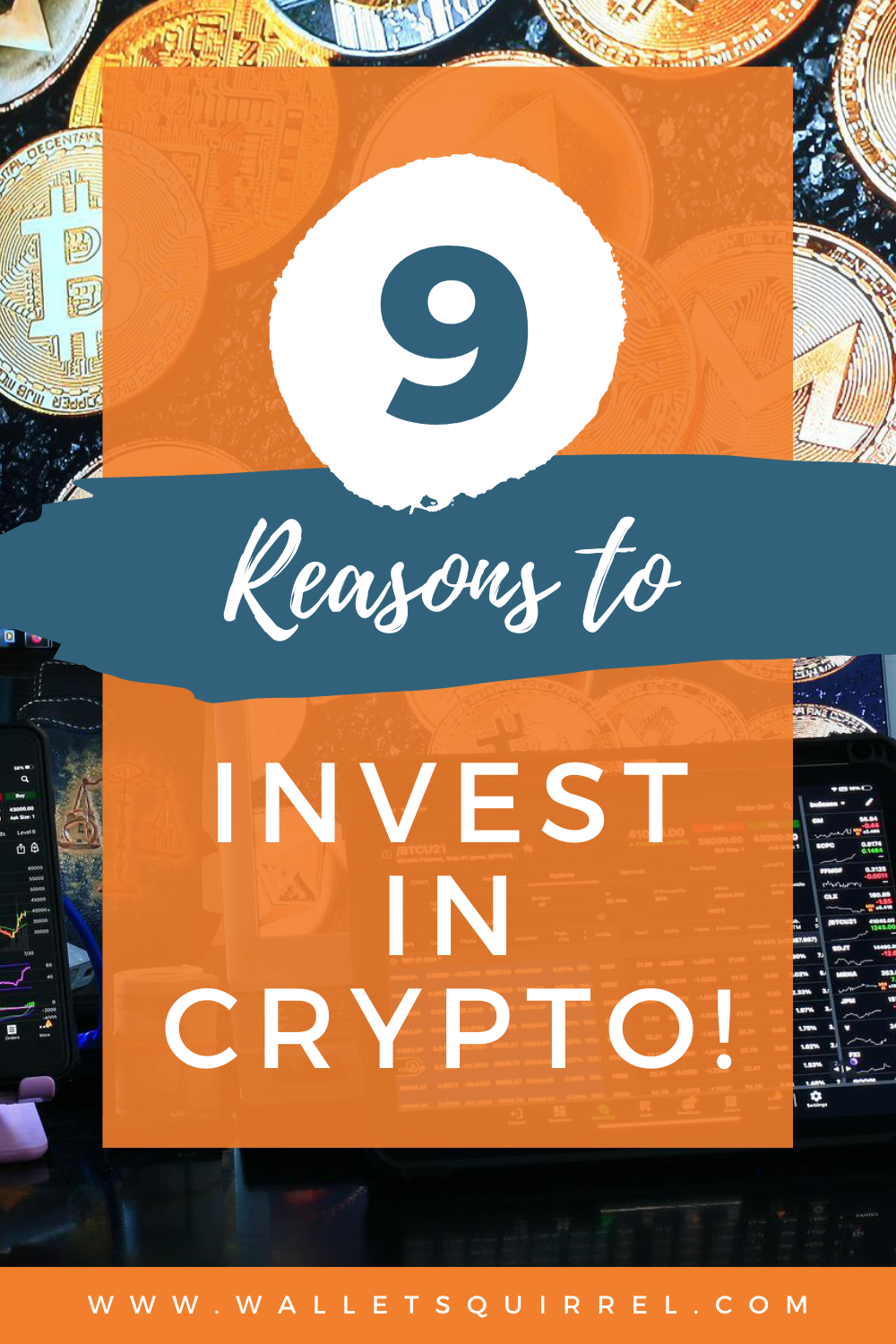
Cryptocurrency the urge to invest in crypto has grown in popularity over the last several years. However, a fair proportion of the general public still wonders why it is causing such a stir. Among so many questions, one that particularly stands out is “Is investing in cryptocurrencies worth it?” The answer is an emphatic yes. To give you a better idea, we are narrowing down the reasons why you should invest in crypto:
1. Crypto Is The Future
Even if you do not like the idea of moving away from paper currency, it has become inevitable. As crypto has started gathering more limelight, we have realized that eliminating paper money from the equation is adding to the efficiency of business transactions.
There is a significant distinction to be made regarding this paradigm shift. That is to say, there are a greater number of cryptocurrencies available than we require, and they are fighting with one another not only for users but also for the attention of speculators.
2. Simple To Get Started
The concept of cryptocurrency and how to invest in crypto may appear complicated. But it is very simple to get started with this type of investment. All you need to do is to follow a few simple guidelines. In the beginning, it is best to keep your cryptocurrency holdings to a very tiny portion of your overall investment portfolio.
There are a wide variety of tokens to select from. For example, you can buy Ethereum, Tezos, Ripple, Tether, etc., to diversify your portfolio. Do your study and learn about the ones that spark your interest. At the same time, you need to keep in mind that many cryptocurrencies have historically attracted speculation and had price spikes before flattening out and disappearing. Once you have taken these factors into account, open up an account with an established cryptocurrency exchange and deposit a few dollars to get a feel for how the market works.
3. Robust Security
Due to their reliance on blockchain security, cryptocurrencies are more secure than traditional payment methods. This is hands down one of the biggest upsides of cryptocurrencies. The hash rate is a significant factor in determining the level of crypto security. If the hash rate is high, it will take a lot of computer power to hack the network. With the highest hash rate of any network, Bitcoin is the most secure cryptocurrency on the market. Though you might have heard about incidents related to crypto hacks, they are often the result of individual mistakes.
4. Minimal Transaction Costs
Physical financial institutions like banks charge fees and taxes on all digital transactions. To be fair, all of this makes sense because they have to pay salaries to their staff, rent out properties, and pay their bills. However, cryptocurrency transactions are a different deal. Since cryptocurrency transactions are conducted on online platforms, they result in lower transaction fees. This is one reason why more and more companies are embracing cryptocurrencies.
5. Provide Hedge Against Inflation
When it comes to protecting against inflation, gold and real estate were the go-to assets. During times of inflation, the value of these assets has remained stable or even increased. You may protect your funds against inflation’s devaluation by investing in these items. Despite this, there has been a continuing trend of investors showing less interest in gold. Even if it is still a good long-term investment, the returns are not what they used to be. In addition, moving and storing it is a hassle, and after the 2008 market meltdown, real estate has also taken a beating. As a result, only a select few can afford to invest in it. Enter cryptocurrencies!
Because of its restricted coin supply, cryptocurrency is a good inflation hedge. Take the example of Bitcoin. There is a hard cap of 21 million bitcoins that Satoshi Nakamoto put in place when he launched the world’s largest cryptocurrency. Since then, almost 19 million bitcoins have been created, with only 2 million to go. There is no way to raise the supply of bitcoin by changing its source code, as this will result in the creation of an entirely new blockchain.
6. Ensure High Liquidity
If you are still undecided about whether or not you should invest in crypto this year, we have got another reason for you to do so. Bitcoin and other cryptocurrencies are easy to buy and sell, which refers to their high level of liquidity. On top of that, buying and selling cryptocurrencies is not just for wealthy individuals, large corporations, or financially savvy experts. In today’s market, crypto trading is extremely accessible. You can enter the market for as low as a few hundred dollars.
7. Ultimate Asset Control
Another enticing feature of crypto is that it enables investors to claim complete control over their assets. As mentioned earlier, crypto-assets do not require a centralized body to acknowledge ownership. Safeguarding your private keys is all that is required for you to have complete control over your cryptocurrency holdings. In times of crisis, retaining one’s assets without fear of bank failure means a lot. It is the only valuable asset that allows its owner to flee a war-torn country with billions of dollars simply by recalling a 12-word passphrase.
8. Remarkable Industry Growth
In our lifetimes, cryptocurrency has been one of the fastest-growing markets. By the year 2021, the total value of the worldwide cryptocurrency market was $1,782. According to the well-documented report, the market is set to grow at a whopping CAGR of 58.4% between 2022 and 2027. There has been an increase in the use of digital technology in a variety of businesses. High-speed internet connection is becoming more commonplace in everyday life, which is a positive sign for the market.
9. Brief Processing Time
Peer-to-peer crypto transactions are now possible thanks to blockchain technology. In other words, you do not have to worry about long wait times or financial institutions getting in the way of your sending or receiving of money. The vast majority of processing is completed in milliseconds.
The Final Verdict
Cryptocurrency has been a buzzword for quite some time. Every now and then, we see one or the other cryptocurrency dominating all the news platforms across the world. Yet, when it comes to how to invest in crypto, many people seem to have ambiguity about it. Hopefully, going through this article would have given you much-needed clarity about what makes cryptocurrencies an appealing investment option.
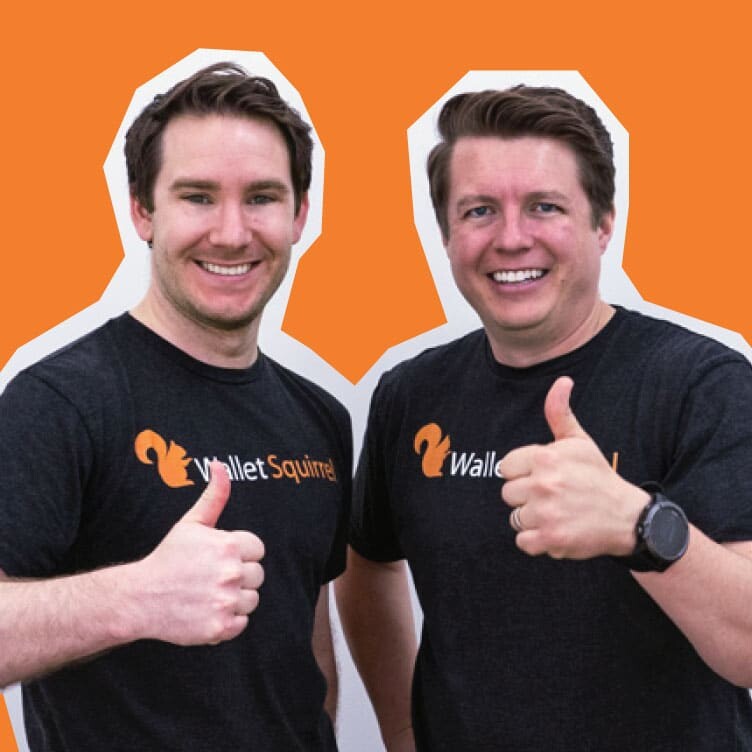
Wallet Squirrel is a personal finance blog by best friends Andrew & Adam on how money works, building side-hustles, and the benefits of cleverly investing the profits. Featured on MSN Money, AOL Finance, and more!

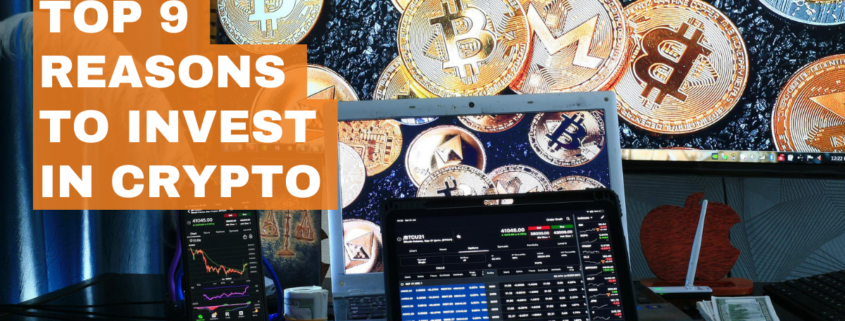
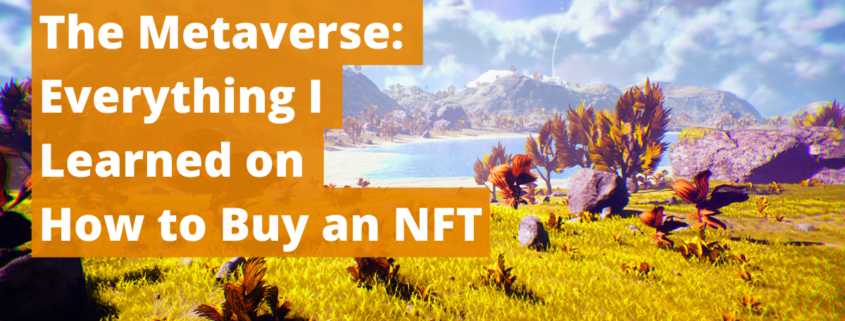
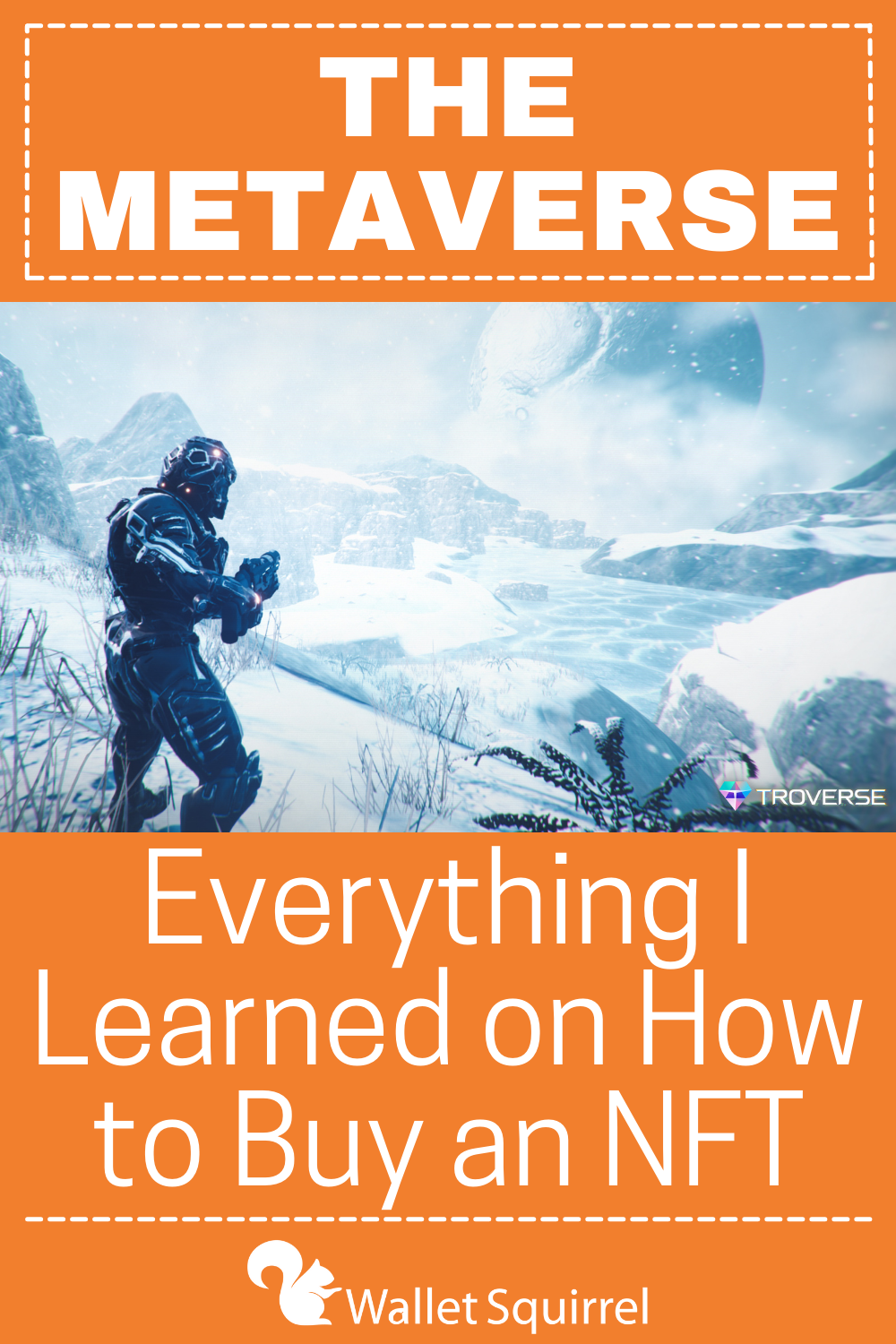 Before we even start talking about how to buy an NFT, I have something to get out of the way. While I have learned TONS of vital information about the NFT world, I am not an expert in the NFT world. This world is very complex, broad, and sometimes scary. Please before jumping into any project, do your own research and due diligence.
Before we even start talking about how to buy an NFT, I have something to get out of the way. While I have learned TONS of vital information about the NFT world, I am not an expert in the NFT world. This world is very complex, broad, and sometimes scary. Please before jumping into any project, do your own research and due diligence.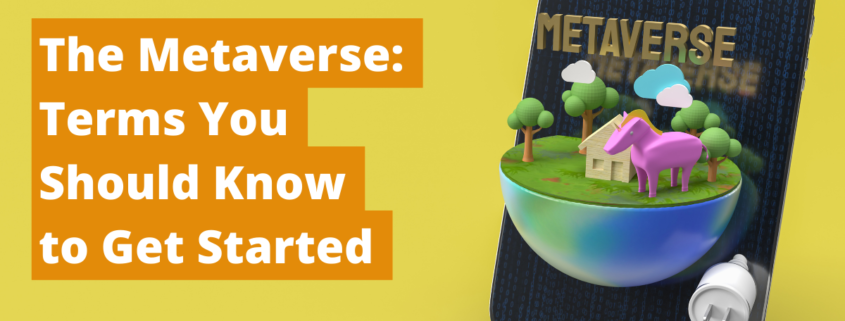
 When I started
When I started 
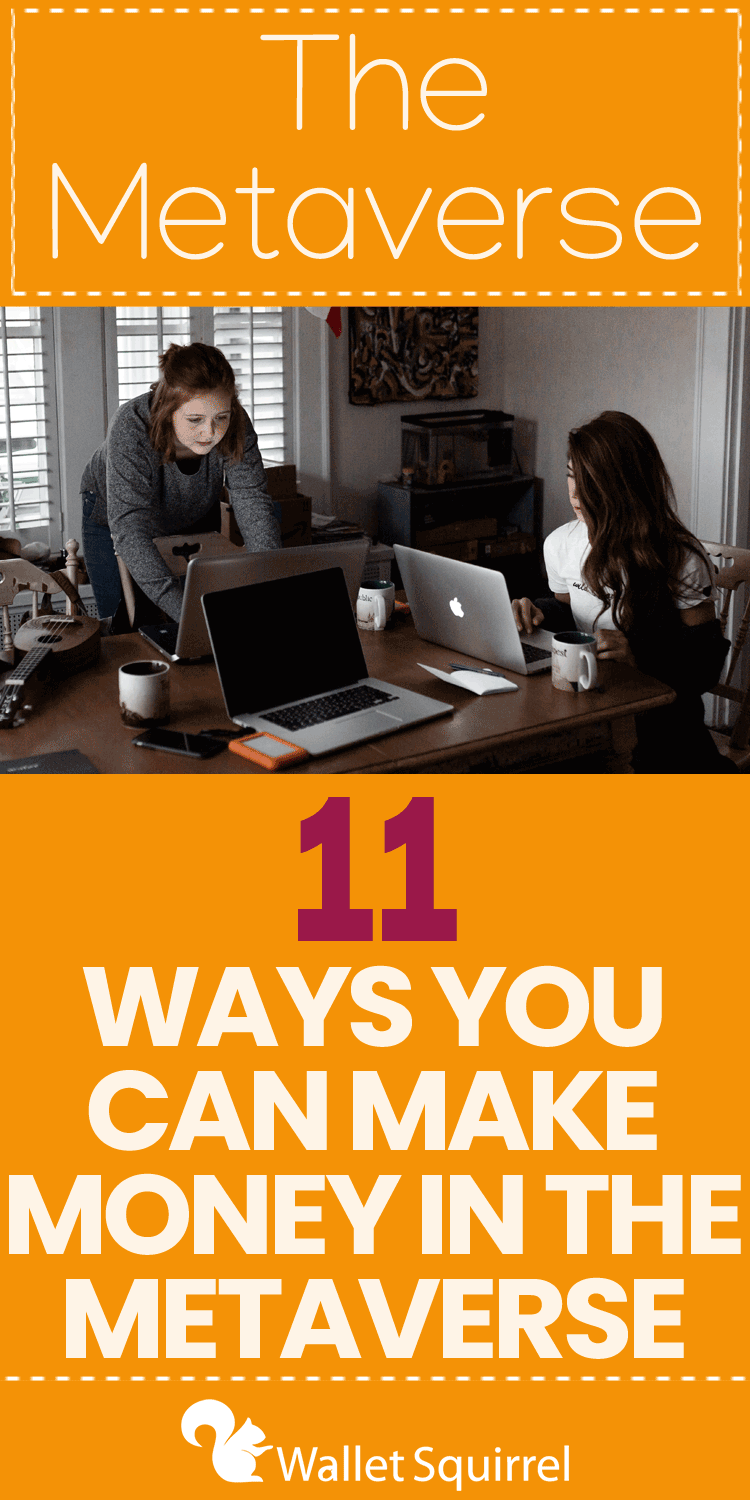 One question I have had about the Metaverse is, “How can I make money in the Metaverse?” I am a big tech nerd so having another side hustle that revolves around technology really piques my interest. So, let’s take a look at potential side hustles in the metaverse to see how we can make more money.
One question I have had about the Metaverse is, “How can I make money in the Metaverse?” I am a big tech nerd so having another side hustle that revolves around technology really piques my interest. So, let’s take a look at potential side hustles in the metaverse to see how we can make more money.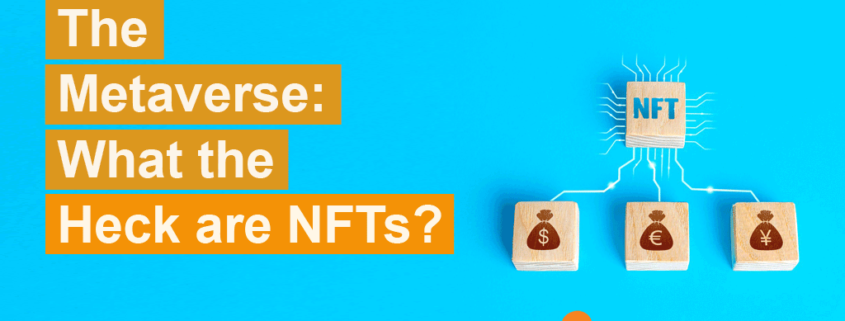
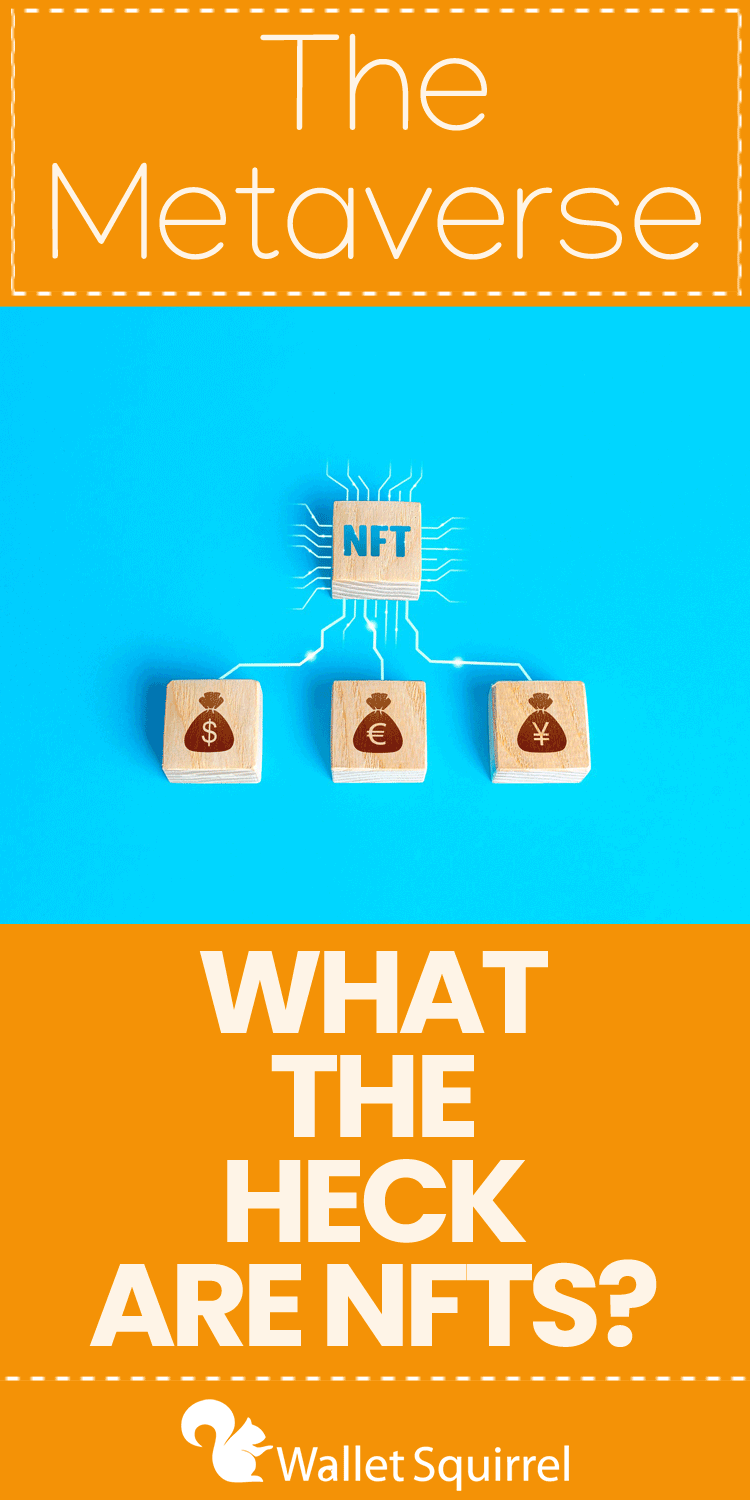 Every morning, I hop on Twitter to do some mindless scrolling to see what is important to the Twitterverse today. I mostly get nothing out of this time but sometimes I get some good tidbits for my fantasy football team. Recently though, I have been seeing a lot of tweets about people buying a bored ape NFT or meme selling as an NFT for $500,000. These headlines just keep flooding my news feed day after day and all I can think to myself is, “What is an NFT?”
Every morning, I hop on Twitter to do some mindless scrolling to see what is important to the Twitterverse today. I mostly get nothing out of this time but sometimes I get some good tidbits for my fantasy football team. Recently though, I have been seeing a lot of tweets about people buying a bored ape NFT or meme selling as an NFT for $500,000. These headlines just keep flooding my news feed day after day and all I can think to myself is, “What is an NFT?”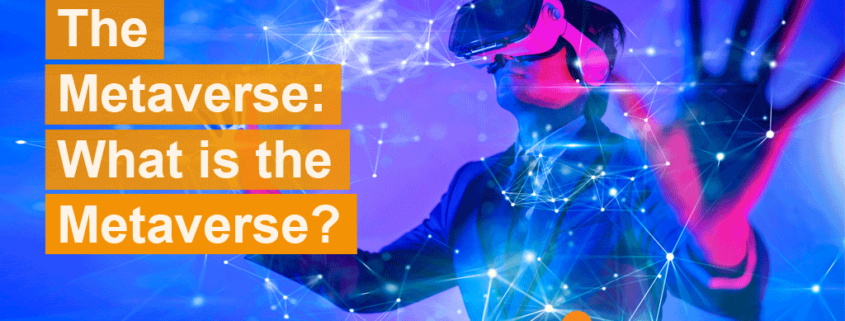
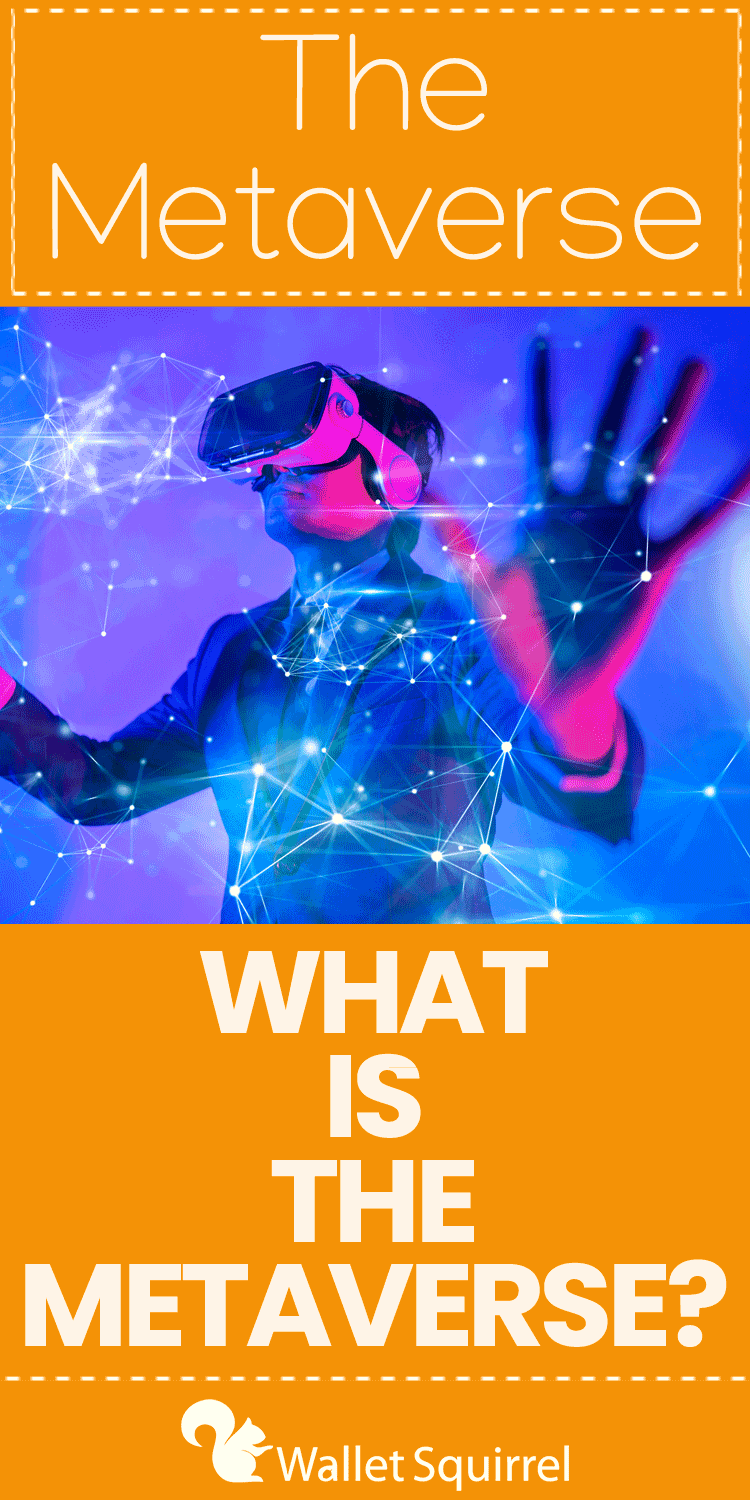 What is the Metaverse? I think that is a question a lot of us asked recently when Facebook announced they were changing their name to Meta as they have decided to drop $10 Billion into developing their own platform for the metaverse. I was one of those people that found myself asking, “What is the Metaverse?”
What is the Metaverse? I think that is a question a lot of us asked recently when Facebook announced they were changing their name to Meta as they have decided to drop $10 Billion into developing their own platform for the metaverse. I was one of those people that found myself asking, “What is the Metaverse?”